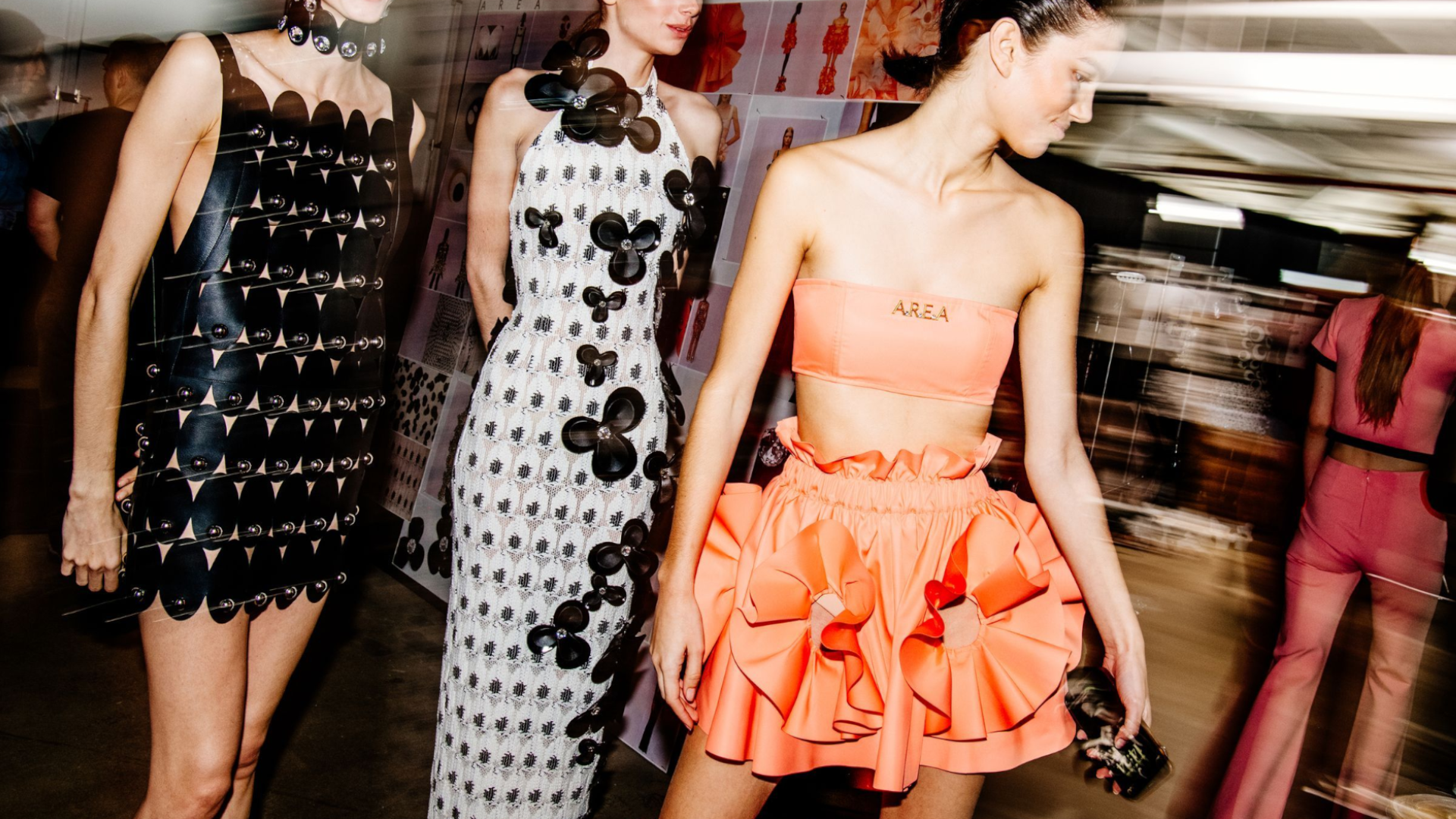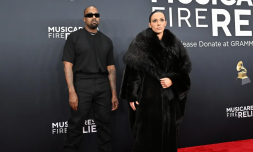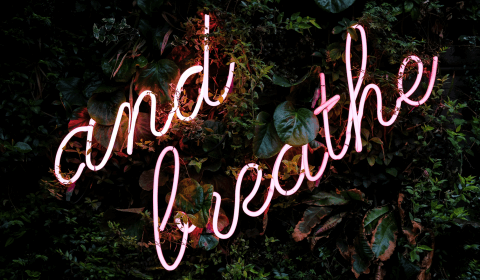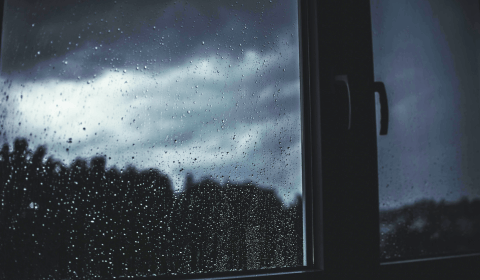Fashion houses are being slammed for exclusively featuring waif thin models on their catwalks in recent seasons. Has the body positivity movement been undone already?
The last decade has been a celebration of arriving at an era where body positivity and inclusivity was present not just in fashion, but in television, film, and other mainstream media.
Though it wasn’t perfect, the greater acceptance for and prevalence of different shapes and sizes on our many screens was welcomed by numerous generations – especially those who’d had diet culture shoved down their throats for most of their lives.
We relished in watching curvier models like Ashley Graham, Precious Lee, and Paloma Elsesser rise to success and strut confidently down the runway, while pop music charts were dotted with self-esteem-boosting anthems by artists like Lizzo, Jessie J, and Anne-Marie.
But as of late, there’s been a perceptible slowing down of the body positive movement. Celebrities famous for their ‘thicc’ aesthetic have stepped out with noticeably thinner physiques out of nowhere, while already-skinny legends have are slimming down even further.
While very few will admit to using them, many prominent figures owe their new, tiny frames to the popularity of injectable weight loss drugs like Ozempic. And rather than being a mere aesthetic choice, this change can be attributed to wider shifts in cultural values and the return of political conservatism globally.
Fashion – which has always been political – has also become a form of mass entertainment. With runways returning to their default settings, becoming void of size-diverse models once again, many are asking: is the body positive movement officially over?
@alexlight_ldn What did you think? Would love to hear your thoughts! P.s. to be super clear, there is absolutely nothing wrong with thin models, and nothing wrong with them being on the runway. The problem is that *only* their body type is shown, when they should be shown alongside a whole range of different body types. #victoriassecret #victoriassecretfashionshow #victoriassecret2024 #victoriassecret2024fashionshow



















